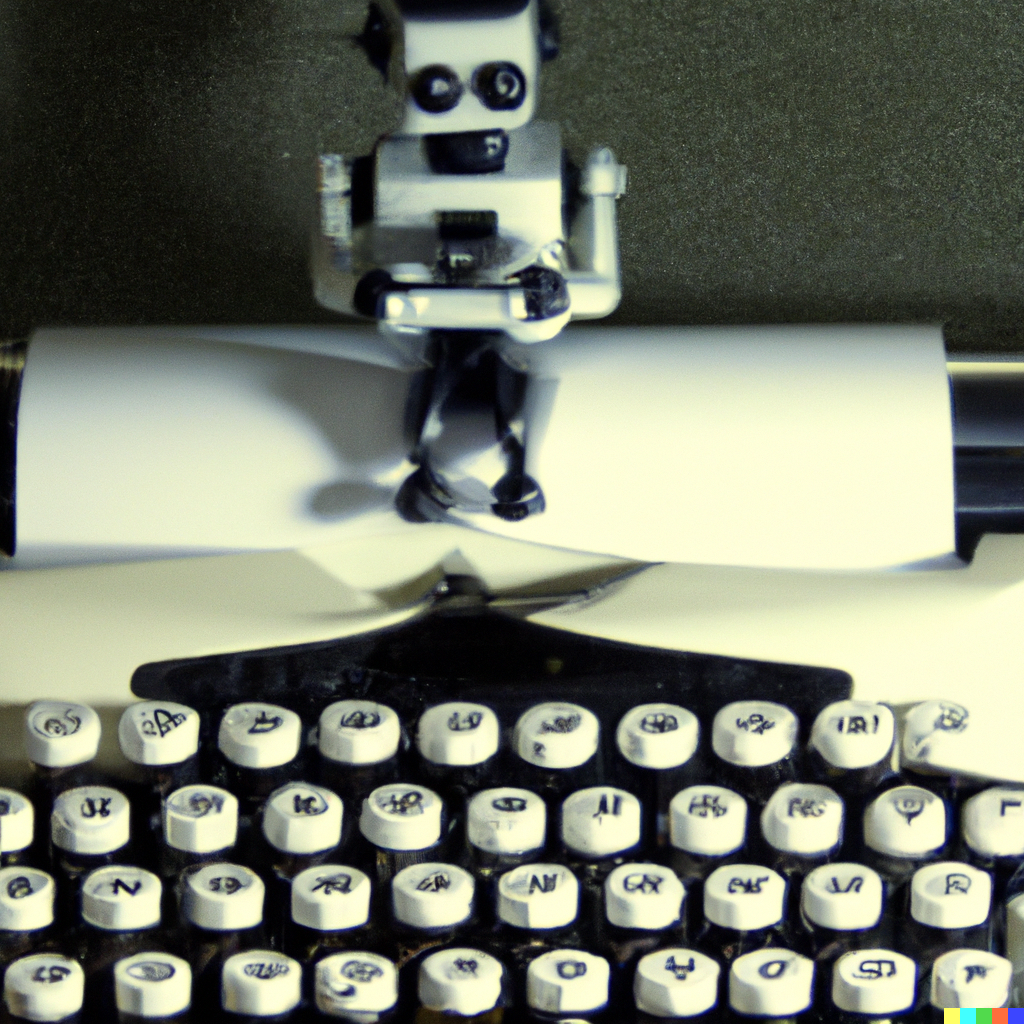Welcome back to Just A Mirage, brought to you by The AI and I! Today, we’re delving into the intersection of AI and art, exploring the effects of AI on the artistic landscape and the challenges it poses for artists and their intellectual property. In this post, we’ll discuss the potential issues that can arise when AI systems generate or modify artwork, as well as possible solutions to protect artists’ rights.
AI and Art: A Creative Revolution
Artificial intelligence has brought about a creative revolution, transforming the way we think about art and how it’s created. AI-powered tools can generate new and unique pieces of art, assist artists in their creative process, or even produce artwork that mimics a specific style.
However, this new frontier of creativity also raises concerns about the protection of artists’ rights, especially when AI systems generate artwork based on or derived from existing works.
The Challenges: Copyright and AI-Generated Art
The rise of AI-generated art has sparked debates around copyright and intellectual property rights. Some key challenges include:
- Ownership: Determining who owns the copyright of AI-generated art can be a complex issue. Is it the AI system, its developers, or the person who provided the input data? Current copyright laws may not adequately address these questions.
- Infringement: AI systems can generate artwork based on existing works, potentially infringing on artists’ copyrights. This can be particularly concerning when an artist’s work is used without their consent or is manipulated to create content that goes against their values or intentions.
Possible Solutions: Protecting Artists’ Rights in the Age of AI
To address these challenges and protect artists’ rights, several solutions could be considered:
- Limiting AI’s Access to Copyrighted Works: Developing AI systems that can recognize copyrighted material and avoid using it without proper authorization could help prevent unauthorized use of artists’ work.
- Establishing Clear Guidelines: Creating guidelines and industry standards for AI-generated art could help clarify ownership and usage rights. This may include requiring consent from artists whose work is used as input data or establishing limits on the degree to which AI-generated art can resemble existing works.
- Raising Awareness: Educating artists and the public about the potential issues related to AI-generated art can encourage responsible use of AI tools and promote a greater understanding of the importance of respecting artists’ rights.
- Legal Reforms: Updating copyright laws to better address the challenges posed by AI-generated art could help clarify ownership and infringement issues, ensuring that artists’ rights are protected in the digital age.
Final Thoughts
The advent of AI-generated art presents both exciting opportunities and significant challenges for artists and the art world as a whole. By addressing the ethical and legal issues surrounding AI’s impact on art, we can foster an environment that respects artists’ rights while continuing to explore the creative potential of AI.
Thank you for joining us on this exploration of AI and art, and the challenges of creativity and copyright in the age of artificial intelligence. We hope this post has provided valuable insights and sparked thoughtful discussions. Stay tuned for more engaging content here on Just A Mirage, brought to you by The AI and I!
